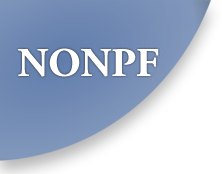Immersions: The Bridge to Finishing one Semester and Beginning the Next
Including content in the Immersions provided a means for exposing students to additional topics as well as reinforcing learning. Deciding on what content to include with students from three population foci attending each immersion was a challenge. This decision was made easier when the Case Map was expanded to include immersion topics, making it part of the larger content picture.
To identify appropriate content for the immersions, faculty considered various learning needs of students in the different population foci as well as topics that were difficult to adequately address in an online program. Content deemed appropriate was that which:
- Did not lend itself well to problem-based learning cases
- Did not present with a symptom
- Required drill and practice to learn
- Contained subtle nuances often not appreciated by students, but that indicated a different approach to treatment depending on patient variables
- Was population foci-specific content
The plenary sessions provided an opportunity to discuss logistics of the immersion, answer students’ questions, and allay fears of being assessed. During the concurrent sessions, interactive lectures by expert NP clinicians and other professionals took place, some of which were population foci-specific. Smaller group sessions provided time for demonstrations of medical devices or assessment techniques. Breaks and scheduled downtime allowed for informal networking with faculty and classmates.
The purpose of this presentation is to provide the knowledge and tools for NP programs to reconceptualize a complex immersion schedule by creating a conference-like format that engages students, maximizes student and faculty time, and allows for performance assessment.

